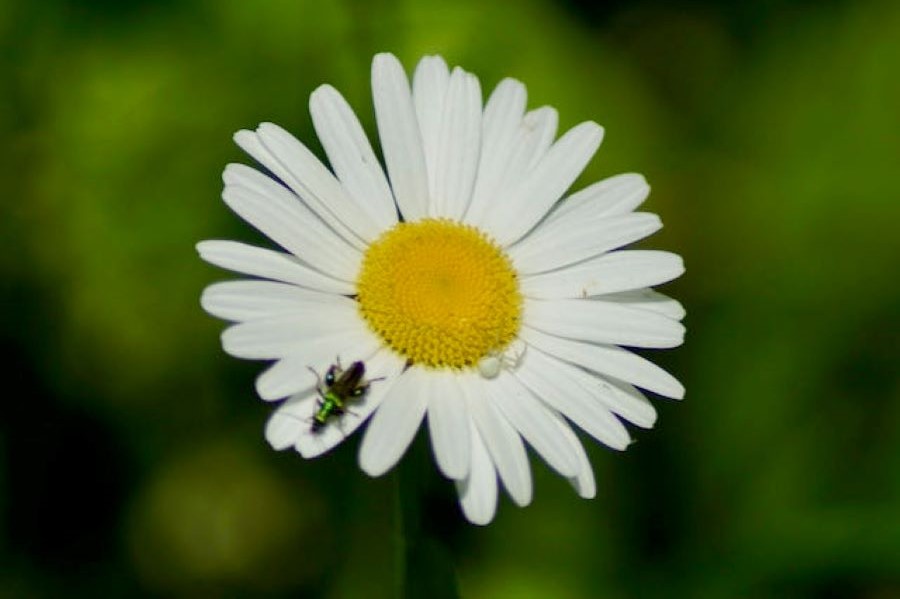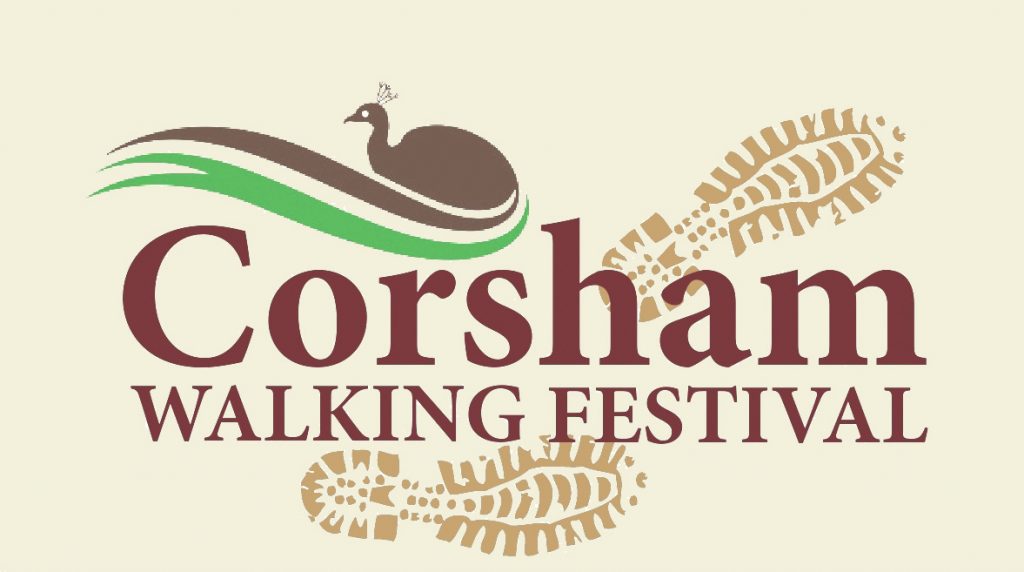Walk SUN 7 – Wildflower & Wildlife Walk

The biodiversity of Cotswold limestone grassland makes it very important. A typical patch can contain over 40 species of flowering plants. Wildflowers support a huge variety of invertebrates. In turn, the invertebrates support a variety of mammals, bats, and birds higher up the food chain.
From our start point, we head towards Chapel Plaister and explore Hezelbury Common’s limestone flora and fauna. We then walk towards Westwells to examine a brownfield site with a rich flora.
There will not be a stop for lunch but you can visit the Forage Coffee Shop, Wadswick Country Store (closes 16:00) after the walk.
- Meet: 11:00 at Wadswick Country Store Car Park. Access is signed from the B3109 Bradford Road (no entrance from Wadswick Lane – check sat nav) between Chapel Plaister and White Ennox Lane. Please park thoughtfully in the car park and meet outside the cafe entrance (toilets available)
- Distance: 3.8 miles
- Duration: 3 hours
- Grading: Easy
- Price: £5
- Age: 12+
Please note that dogs (other than assistance dogs) are regrettably not permitted on walks.

